Mazda Will Use Its Engines to Make Its Cars Handle Better

It’s rare to describe a Mazda as anything but fun to drive, and there’s a reason for it. The company spends a lot of time ensuring that its cars are engaging, enjoyable and anything but numb. And while other automakers look to automate the driving process, Mazda is seeking a way to keep cars solely under the driver’s control.
How We Drive
Mazda explained that how we drive is essentially three steps. The first step is making an input, whether it’s steering, throttle or brakes. The second step is that the car responds to that action, and more often than not, it isn’t 100 percent perfect. As a result, the driver has to make an adjustment, the third step. This is called the feedback loop. Sometimes you have to make big corrections, and depending on the speed of the vehicle, that adjustment may need to be done quickly. Those adjustments may even need finer and smaller inputs afterwards.
The result of all this is an unnatural, back and forth motion on the steering wheel, or jerky acceleration and braking. Sometimes this isn’t very noticeable to the driver, but for other people in the car or objects, it’s easy to see and feel. Additionally, all these extra inputs can reduce the driver’s confidence and connection to the vehicle.
Mazda wants to change all of this. The idea is to reduce the time between input and making an adjustment. They also want the adjustments the driver makes to be smooth and not jerky. And of course, because this is Mazda and not a luxury company, it needs to be done without additional hardware that could make the car heavier.
Introducing G-Vectoring Control (GVC)
They’ve come up with something called G-Vectoring Control. It’s software that can give the driver a good sense of what their initial action resulted in, and then needs a clear and very small adjustment afterwards. It’s also one of the first processes that utilize the engine to enhance handling.
Here’s how it works: when you make your steering input, the car will reduce the engine torque ever so slightly. This shifts the weight to the front wheels, giving them extra grip and a more responsive turn. From there the driver can make their minute adjustments, but if they maintain a steady steering angle, the car will then recover that reduced engine torque, which will shift weight towards the back of the vehicle, which improves stability through the turn.
Does it Work?
The effect is very subtle. We tested it thoroughly in a number of ways and needed to be extra sensitive to what we were doing and how it affected the driving process. As a passenger it was easier to see that the driver was “sawing” the steering wheel less with the system active. As a driver, it was hard to detect a significant difference until we drove the car in situations with limited grip, first wet pavement and then gravel. In those circumstances, it was clearer that the car required fewer inputs to keep steady despite the fear of limited traction. It gives a better sense of confidence behind the wheel, and allows the driver to predict what the car will do with each input.
The engine only limits a small amount of torque, up to 15 lb-ft, which results in a difference of less than 0.01 g of force. It’s not perceptible to the driver in the way that other brake-vectoring systems are. Mazda believes that those other systems are far less natural, while its process is more driver-focused.
Using the Engine to Improve Handling
In fact, Mazda’s system is so unique because it uses engine braking instead of traditional brakes. The reason for that is because brakes are both less predictable and take too long to spring into action. The engine braking happens in about a quarter of a second, a delay that is hard to detect by human standards.
It’s a uniquely Mazda thing to do, using the engine to enhance cornering and driving dynamics. This is the automaker that brings us the “Driving Matters” slogan and adheres to the philosophy of Jinba-Ittai: a feeling of unity between driver and vehicle. The automaker strives to have their cars become an extension of the driver, making them as natural and as fun to drive as possible. This makes sense with the more exciting and sport-focused Mazda MX-5 roadster, but the Japanese automaker wants to make even its mainstream products like the Mazda6 and Mazda3 engaging.
Coming Soon
The Mazda6 will be the first vehicle to get this software, as part of its 2017 Model Year changes. Mazda promises that the rest of the Mazda lineup will get this technology too.
In a time where automakers are investigating self-driving cars, semi-autonomous features and tons of driver assistance systems, Mazda is still introducing enhancements that improve the feeling of driving for the person behind the wheel.

Sami has an unquenchable thirst for car knowledge and has been at AutoGuide for the past six years. He has a degree in journalism and media studies from the University of Guelph-Humber in Toronto and has won multiple journalism awards from the Automotive Journalist Association of Canada. Sami is also on the jury for the World Car Awards.
More by Sami Haj-Assaad



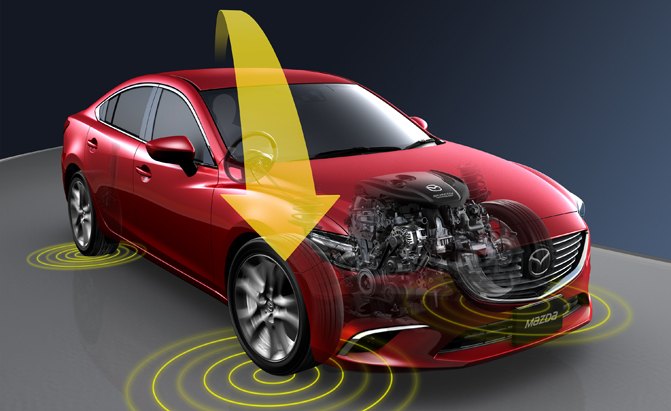
















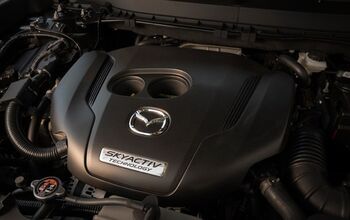


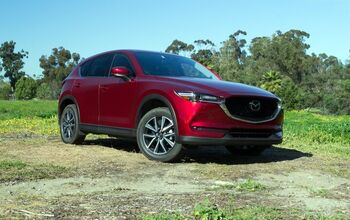
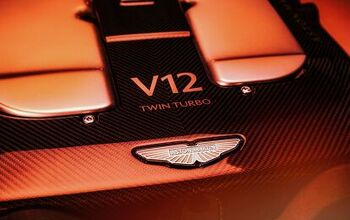




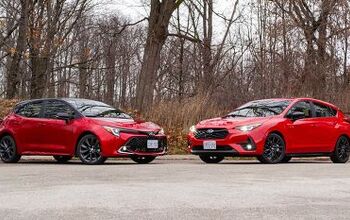

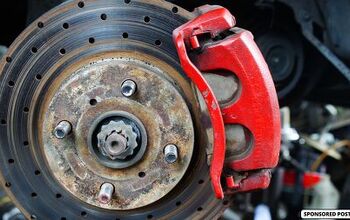


Comments
Join the conversation
My first reaction was: it's different; i'll give em that. My second reaction was: it has its place and Mazda just innovated Ackerman-On-Demand.